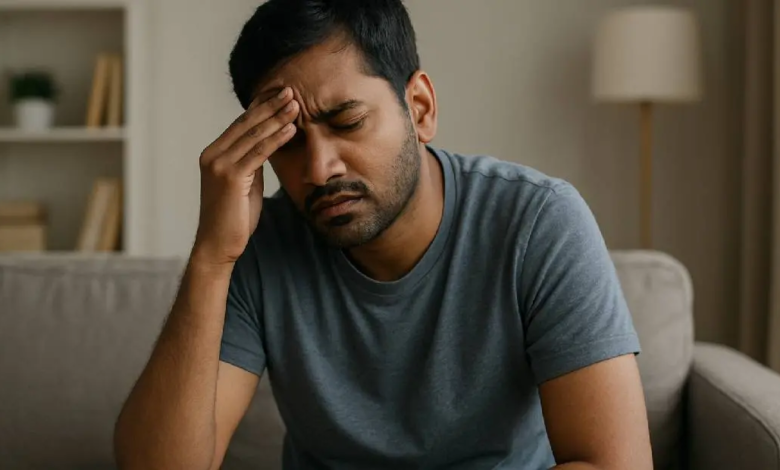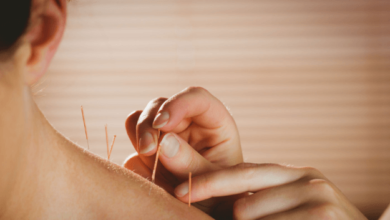Are You Getting Enough Sun? How to Recognize Vitamin D Deficiency Early

Sunlight has long been known as the best natural source of vitamin D often called the “sunshine vitamin.” Yet in today’s modern lifestyle, many people spend most of their time indoors, unknowingly putting themselves at risk of vitamin D deficiency. Quoting information from pafikutaikab.org doctors warn that low vitamin D levels can lead to a variety of health issues, from chronic fatigue to weakened bones and a compromised immune system.
According to Dr. Rani Kusuma, an endocrinologist at RS Cipto Mangunkusumo Jakarta, vitamin D is essential for calcium absorption, bone health, and immune function. “Without enough vitamin D, the body cannot properly absorb calcium, which can lead to bone loss and an increased risk of fractures,” she explained. “It also plays a role in muscle strength, mood regulation, and even heart health.”
The problem is that the symptoms of vitamin D deficiency are often subtle and easy to overlook. Many people may feel “just tired” or assume their muscle weakness comes from aging or stress. However, doctors emphasize that persistent fatigue, joint discomfort, or frequent illness could be signs that your vitamin D levels are too low.
Common signs of vitamin D deficiency include:
- Constant fatigue and low energy levels. Even after a full night’s sleep, you may feel sluggish or unmotivated.
- Bone or muscle pain. A dull, aching pain — especially in the lower back, hips, or legs — can signal a deficiency.
- Frequent colds or infections. Vitamin D helps regulate immune responses, and low levels can make you more susceptible to illness.
- Mood changes or depression. Studies suggest that low vitamin D levels are linked to seasonal affective disorder and mood instability.
- Hair loss and slow wound healing. Deficiency can affect skin and hair regeneration.
The most natural way to get vitamin D is through sunlight exposure. When the skin is exposed to UVB rays, it produces vitamin D3, which the body then converts into its active form. Dr. Rani recommends spending 10–20 minutes in morning sunlight several times a week, ideally before 9 a.m., when UV levels are safe. However, people with darker skin, those who use sunscreen excessively, or those living in urban areas with limited sunlight may not produce enough.
Dietary sources can also help. Foods rich in vitamin D include salmon, tuna, sardines, egg yolks, fortified milk, and mushrooms exposed to sunlight. For individuals who cannot meet their needs through sunlight or diet alone, supplements may be prescribed. “Before taking supplements, it’s important to have your blood levels checked,” Dr. Rani advised. “Too much vitamin D can also be harmful.”
Certain groups are more vulnerable to deficiency — including older adults, people with obesity, those with kidney or liver disorders, and individuals who cover most of their skin for cultural or medical reasons.
Recognizing the signs early is key to preventing long-term complications such as osteoporosis and muscle weakness. Regular check-ups and blood tests can help monitor your vitamin D status. “Don’t wait until your bones ache or you feel constantly tired,” Dr. Rani said. “Getting enough sun and maintaining healthy habits today can protect your health for years to come.”
In short, while sunlight may seem ordinary, it remains one of nature’s most powerful medicines. A few minutes under the morning sun could be exactly what your body needs to stay strong, energized, and healthy.
Source: https://pafikutaikab.org/


